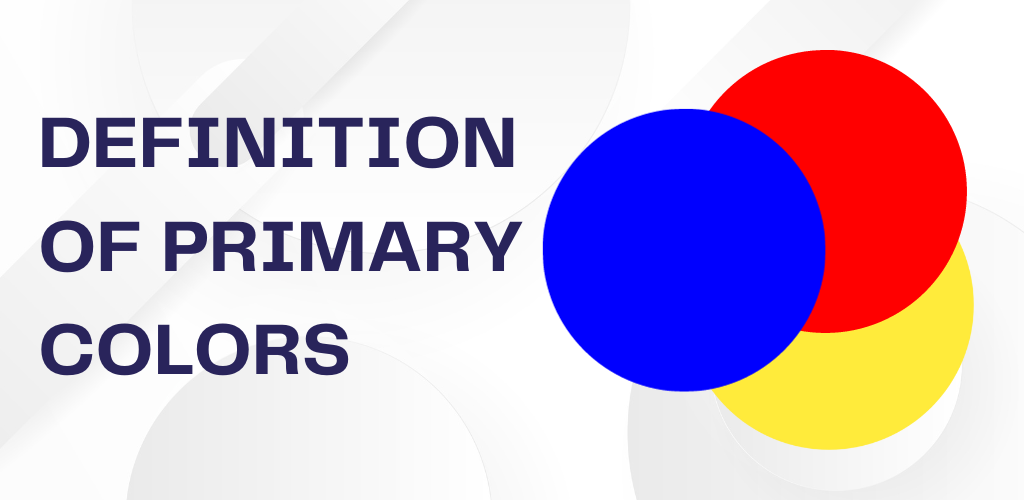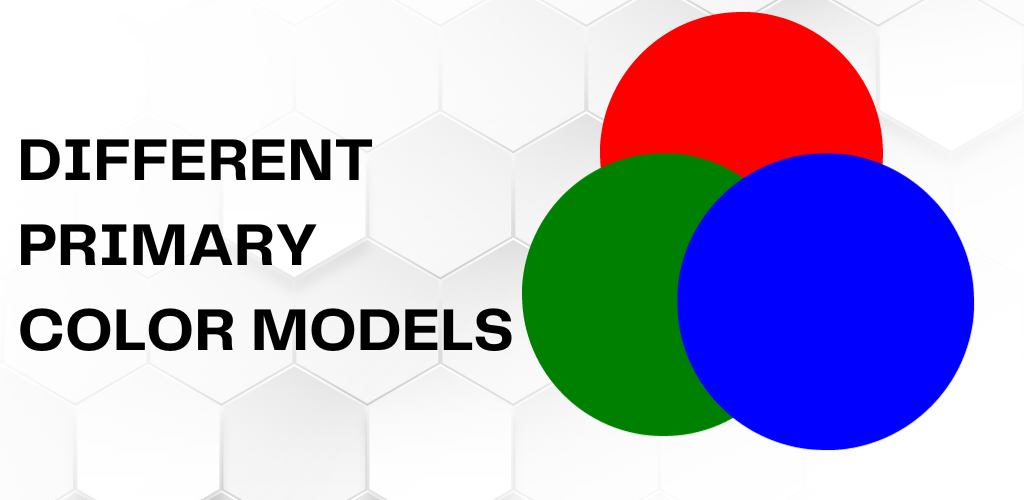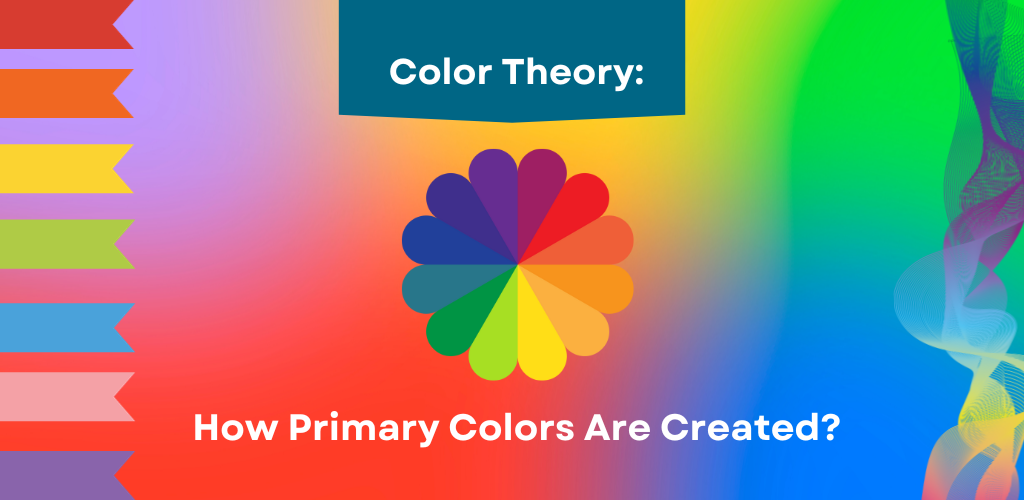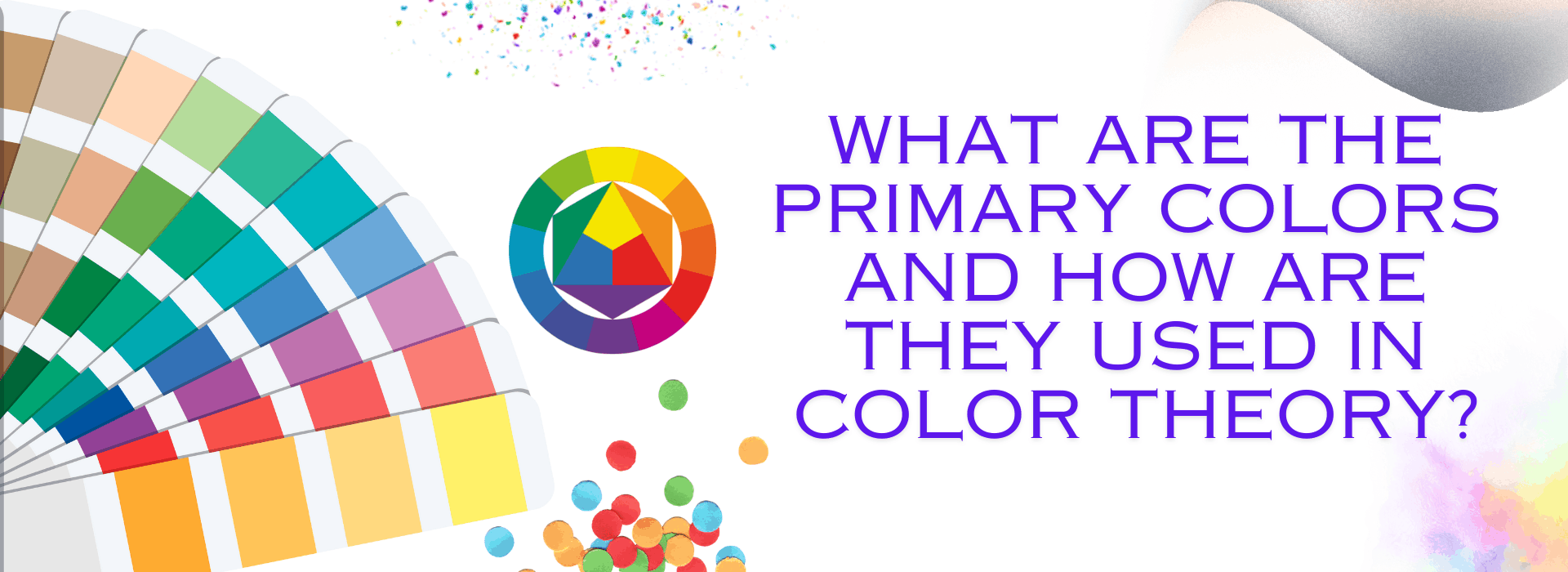Color is an integral part of our visual experience, shaping the way we perceive and interact with the world around us. To understand the fundamental principles of color, we need to delve into the concept of primary colors and how they are used in color theory. This comprehensive guide will take you on a journey through the world of color, from the definition of primary colors to their practical applications in art, design, fashion, marketing, and more.
Definition of Primary Colors

The Fundamental Trio: Red, Yellow, and Blue
The primary colors are the foundation of color theory. These are the three colors that cannot be created by mixing other colors, and they serve as the building blocks for all other colors in the spectrum. The primary colors are red, yellow, and blue.
Red is a bold and dynamic color, often associated with passion and intensity. Yellow is bright and cheerful, evoking feelings of warmth and energy. Blue, on the other hand, is calming and serene, often linked to tranquility and stability.
Different Primary Color Models

RGB (Red, Green, Blue)
In the world of digital displays, such as computer monitors and televisions, the RGB color model reigns supreme. It’s an additive color model, meaning that colors are created by adding different wavelengths of light. In the RGB model, red, green, and blue are considered the primary colors, and combining them at full intensity results in pure white light.
CMYK (Cyan, Magenta, Yellow, Key/Black)
When it comes to the world of printed materials, the CMYK color model takes center stage. This is a subtractive color model, where colors are created by subtracting wavelengths of light. The primary colors in the CMYK model are cyan, magenta, yellow, and black (often referred to as key). Mixing these colors in varying proportions allows for the creation of different colors, with full saturation of all four colors resulting in black.
RYB (Red, Yellow, Blue)
In traditional art and design, another primary color model is used: RYB. Red, yellow, and blue are considered the primary colors in this model. RYB is particularly relevant when working with physical pigments and paints.
How Primary Colors Are Created

Additive Color Mixing
Additive color mixing is used in systems that emit light, such as computer screens and projectors. In this process, colors are created by superimposing light of different wavelengths. When red, green, and blue light are combined at full intensity, they create white light. Adjusting the intensity of each primary color produces a wide range of colors in between.
Subtractive Color Mixing
Subtractive color mixing, on the other hand, is used in situations where colors are created by removing or absorbing specific wavelengths of light. This is the basis for color printing and is the principle behind the CMYK color model. Combining cyan, magenta, yellow, and black in varying proportions allows for the creation of different colors, with full saturation of all four colors resulting in black.
How Are Primary Colors Used in Color Theory?

Mixing Primary Colors to Create Other Colors
The primary colors are essential tools in color theory, allowing for the creation of a vast array of colors by mixing them in different combinations. For example, blending red and yellow results in orange, while yellow and blue produce green, and blue and red create purple. This process forms the basis for the color wheel, a fundamental tool in color theory.
Color Harmonies
Color harmonies are fundamental concepts in color theory that guide the selection of color combinations for visual appeal and balance. Some common types of color harmonies include:
- Analogous Color Scheme: This scheme uses colors that are adjacent to each other on the color wheel, creating a harmonious and cohesive look.
- Complementary Color Scheme: Complementary colors are opposite each other on the color wheel. This scheme creates striking contrast and visual interest.
- Triadic Color Scheme: This scheme involves using three colors evenly spaced around the color wheel, resulting in a balanced and vibrant combination.
Color Contrast
Color contrast plays a significant role in design and communication. By using colors that are opposite each other on the color wheel, you can create powerful contrast and make elements stand out. For example, pairing red and green, two complementary colors, can create an attention-grabbing visual impact.
Color Psychology
Color psychology is a fascinating field that explores the emotional and psychological impact of colors. It goes beyond aesthetics and delves into the way colors can influence our feelings and behaviors. Let’s take a more in-depth look at the psychology of primary colors:
Red: The Color of Passion and Energy
- Red is often associated with excitement, passion, and urgency. It can stimulate appetite and is commonly used in food branding. In marketing, red is used to grab attention and convey a sense of urgency, making it a popular choice for clearance sales and call-to-action buttons.
Yellow: The Color of Happiness and Positivity
- Yellow evokes feelings of happiness, warmth, and positivity. It’s often used to create a sense of friendliness and cheerfulness. In advertising and branding, yellow is utilized to convey a sunny disposition and optimism.
Blue: The Color of Trust and Serenity
- Blue conveys calmness, trustworthiness, and professionalism. It’s frequently used in corporate branding to establish a sense of reliability and competence. Blue is also associated with serenity and is used in healthcare and wellness branding to create a sense of tranquility.
Primary Colors for Emotional Impact
Primary colors can be strategically employed to evoke different emotions, such as excitement, happiness, and calmness. By understanding the psychological associations of these colors, creators and marketers can harness their emotional power to connect with their audience on a deeper level.
A Brief History of Color Theory

To gain a better understanding of how color theory has evolved over time and how it is used today, let’s take a glimpse into its history. Color theory has a rich and diverse background that has been shaped by various cultures, scientific discoveries, and artistic movements. Here are some key milestones in the history of color theory:
Ancient Beginnings
- The origins of color theory can be traced back to ancient civilizations. The Egyptians, for example, developed their own color system, using natural pigments like ochre and cinnabar.
Aristotle and the Four-Element Theory
- In ancient Greece, Aristotle proposed a color theory based on the four elements: fire (red and yellow), air (blue and green), water (white and black), and earth (brown). This theory persisted for centuries.
Isaac Newton’s Experiments
- In the 17th century, Sir Isaac Newton conducted groundbreaking experiments with prisms, revealing that white light could be separated into a spectrum of colors. He also introduced the idea of the color wheel, a precursor to the modern color wheel used in color theory.
Goethe’s Color Theory
- In the early 19th century, Johann Wolfgang von Goethe challenged Newton’s theories with his own work on color. Goethe’s color theory focused on the psychological and emotional aspects of color, emphasizing the subjective experience of color perception.
The Bauhaus and Color Theory
- In the 20th century, the Bauhaus school of design, founded by Walter Gropius, played a significant role in advancing color theory. Artists like Wassily Kandinsky and Johannes Itten developed innovative approaches to color that influenced modern design and art.
Today, color theory is a diverse and dynamic field, blending elements of art, science, and psychology. It continues to evolve as our understanding of color and its applications deepens.
Examples of How Primary Colors Are Used in the Real World
Art and Design
Primary colors are the building blocks of visual art. Artists use them to create a wide range of colors and express their creativity. The work of famous artists like Piet Mondrian often relies on primary colors, creating a striking visual impact.
In graphic design, primary colors are used for branding, creating eye-catching logos, and establishing visual identities for companies and organizations. They are also essential in web design, ensuring readability and accessibility while creating appealing interfaces.
Fashion and Beauty
Primary colors have a significant presence in the world of fashion and beauty. They are often used to create bold and memorable looks. Red lips, yellow dresses, and blue eyeshadows are just a few examples of primary colors making a statement in the fashion and beauty industries.
Additionally, color theory plays a crucial role in the selection of clothing and makeup colors that complement an individual’s skin tone, bringing out their natural beauty.
Marketing and Branding
Marketing and branding rely heavily on the psychology of color to create strong visual identities and appeal to target audiences. Primary colors are often incorporated into logos and marketing materials to convey specific brand messages and values. For instance, the McDonald’s golden arches and the Coca-Cola red are iconic examples of primary colors used to establish brand recognition.
Primary Colors in Marketing and Branding
In marketing and branding, primary colors are strategically employed to influence emotions and behaviors. Let’s explore how primary colors are used to convey specific messages and create memorable brand experiences:
- Red: This dynamic color is used to evoke excitement, urgency, and passion. It can stimulate appetite and impulse buying, making it a popular choice for food and retail brands. Sale signs and call-to-action buttons frequently feature red.
- Yellow: The color of happiness and positivity, yellow is used to create a sense of friendliness, cheerfulness, and optimism. Brands that want to convey a sunny disposition often incorporate yellow into their logos and designs.
- Blue: A color associated with trust, reliability, and professionalism, blue is a popular choice for corporate branding. It creates a sense of competence and security, making it the go-to color for financial institutions, tech companies, and healthcare providers.
By understanding the emotional impact of primary colors, marketers and designers can craft messages that resonate with their target audiences.
Read also: Wireframing vs Prototyping: What’s the Difference?
Conclusion
In the world of color theory, primary colors are the bedrock upon which all other colors are built. Red, yellow, and blue serve as the essential building blocks for a vast spectrum of hues and tones. Understanding how primary colors work, the different primary color models, and their role in creating harmonious and contrasting color schemes is critical for artists, designers, marketers, and anyone working with color.
The study of color theory extends far beyond the aesthetics of art and design. It delves into the psychology of color, influencing emotions, behaviors, and perceptions. Primary colors have a profound impact on our daily lives, from the visual world we navigate to the products we purchase. Whether it’s the striking red of a stop sign, the inviting yellow of a fast-food restaurant, or the calming blue of a healthcare brand, primary colors are a powerful tool in communication and design. Understanding their role and potential opens up a world of creative possibilities and a deeper appreciation for the colors that surround us.
As we reflect on the history of color theory, we see that it has evolved through centuries of exploration and innovation. Today, color theory continues to shape our world, from the art on our walls to the products we choose. It remains an essential discipline, offering endless possibilities for creative expression and communication. Through the lens of primary colors, we gain a deeper understanding of the beauty, science, and psychology of the world of color.
Primary colors are not just pigments on a palette; they are the emotional triggers that influence our perceptions, decisions, and reactions. The next time you encounter a brand’s logo, immerse yourself in a painting, or explore a web design, take a moment to appreciate the strategic use of primary colors and the intricate interplay between science and art that makes our world more colorful and meaningful.

